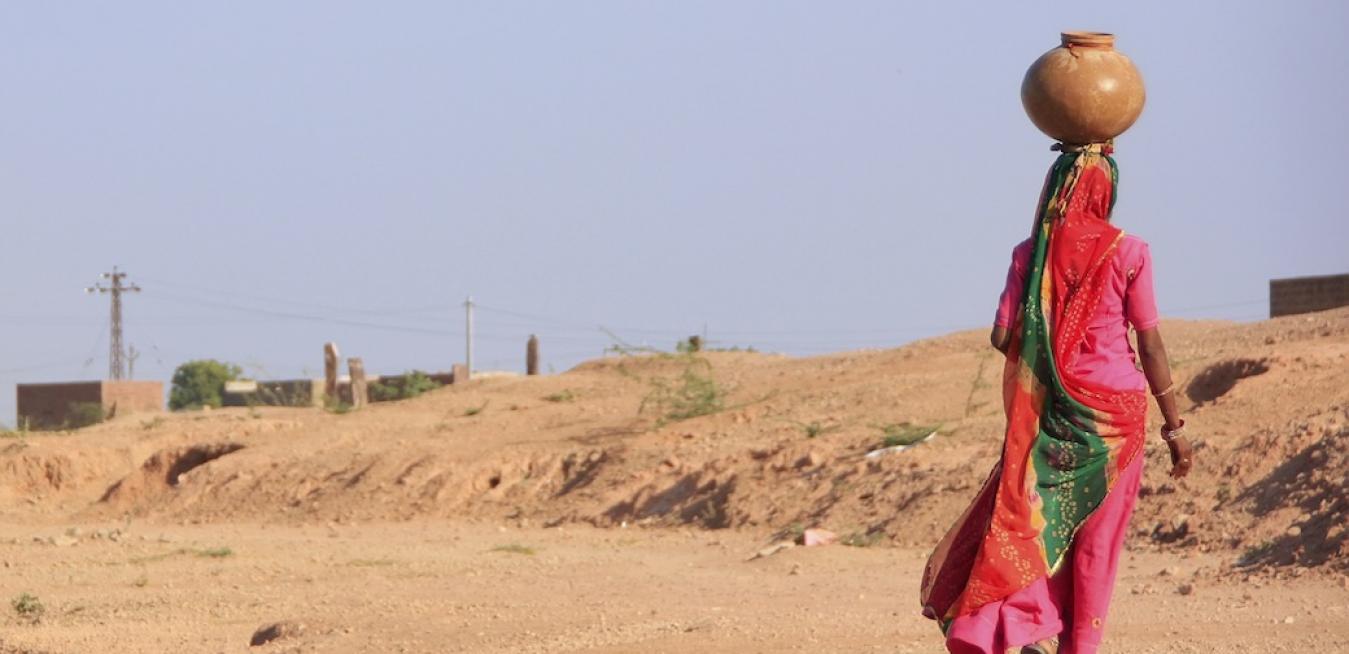“Water, water, everywhere, nor any drop to drink,” lamented a thirsty sailor in Samuel Taylor Coleridge’s epic 18th-century poem “The Rime of the Ancient Mariner.” Fortunately, humanity has since discovered ways of making seawater potable. Take the water-scarce nation of Saudi Arabia, the world’s largest producer of desalinated water.
The world’s population is expectedto increase from 7 billion in 2014 to 9 billion in 20502
- 97% of water on our Earth is saline water in oceans; only 3% can be counted as freshwater3
Off-grid Indian communities with salty groundwater could get potable water through a proposed solar technique.
Around the world, there is more salty groundwater than fresh, drinkable groundwater. For example, 60 percent of India is underlain by salty water — and much of that area is not served by an electric grid that could run conventional reverse-osmosis desalination plants.Helping to accelerate the hunt for those breakthroughs is a new $200,000 incentive in the form of an open innovation challenge.
Water barrels and storage tanks had for years dominated roofs in the Casbah and other neighborhoods spread over the crescent of hills ringing the Algerian capital and the blue half-moon of Bay of Algiers. “There was a big water shortage in this country,” says Ali Nouioua, a GE Power & Water manager based in Algeria. “Some areas would lose water every two or three days. People would have to buy it from water tankers on the street and store it on the roof.”











